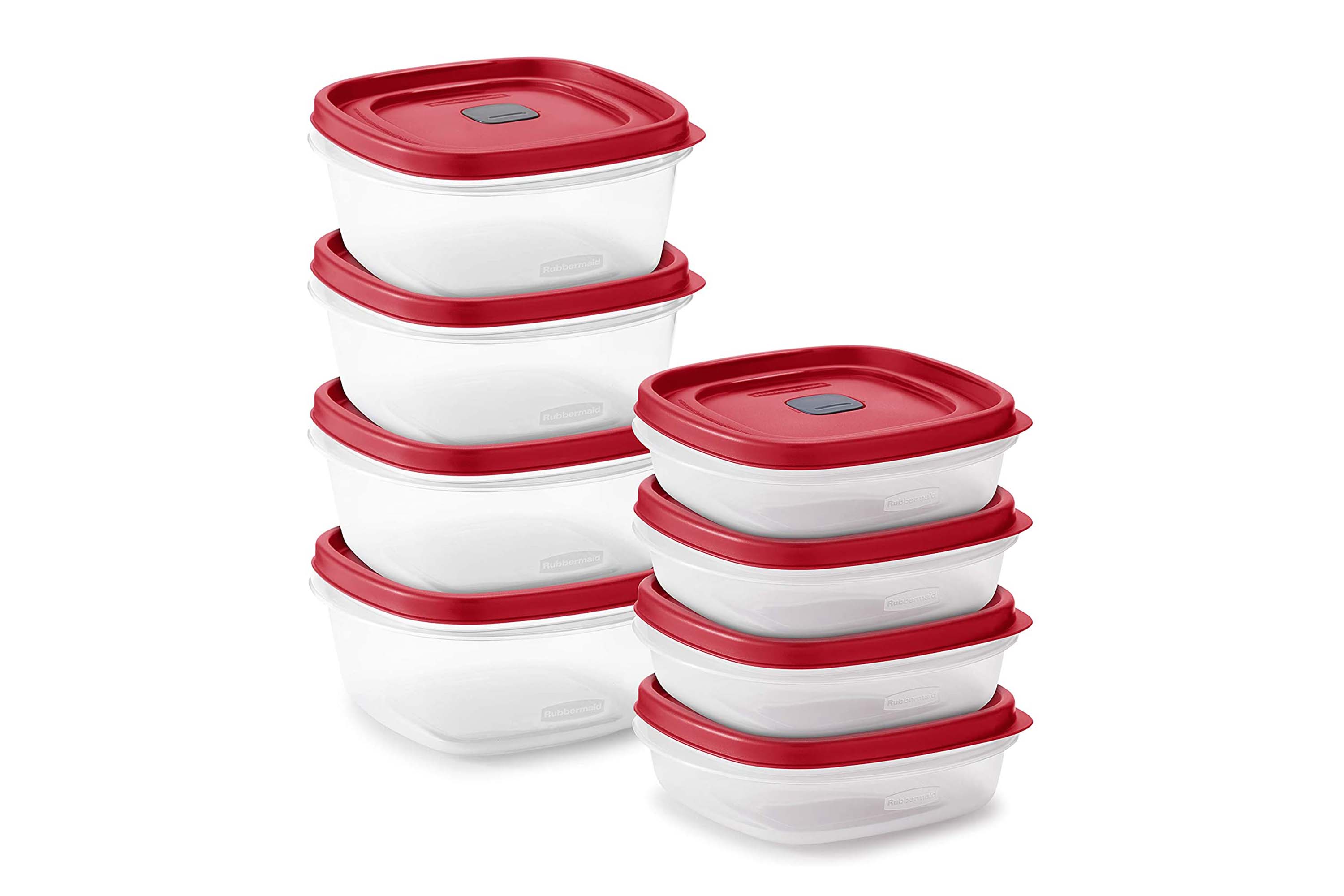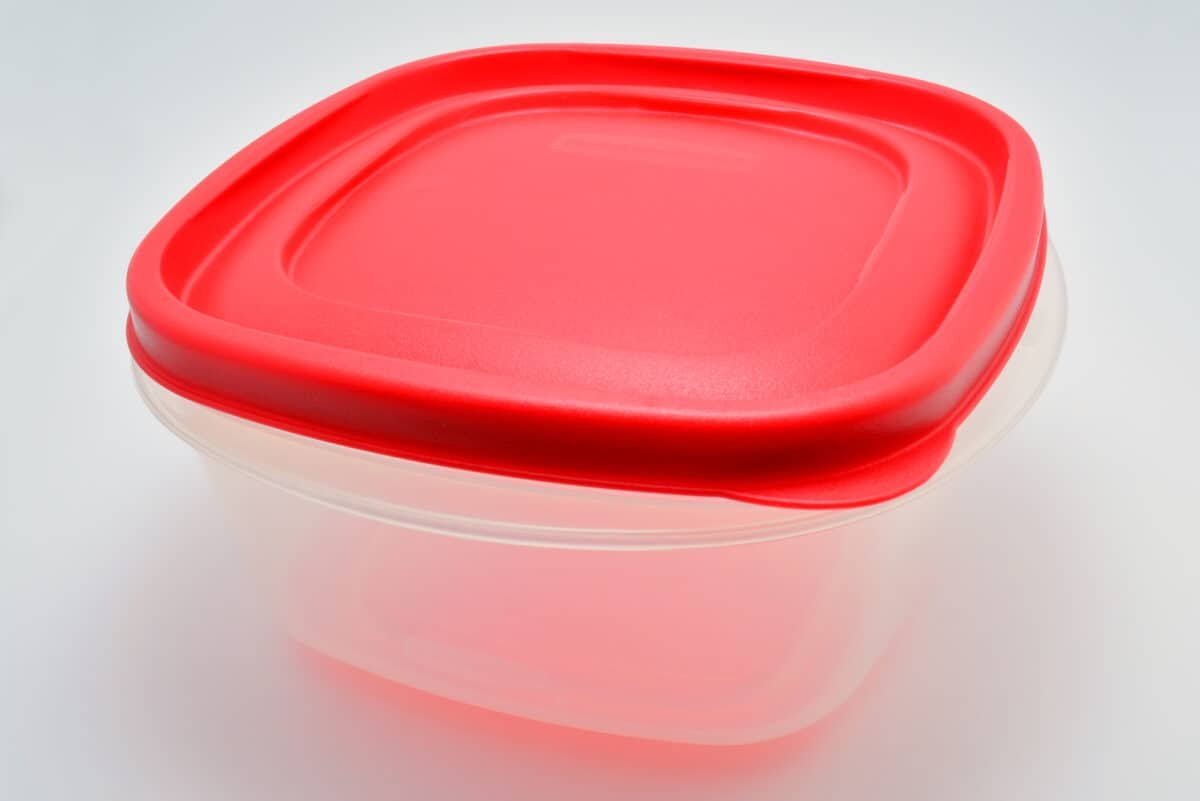When it comes to storing and reheating leftovers, Rubbermaid containers are a household favorite due to their durability and convenience. But as we focus on kitchen safety, a common question arises: Can you microwave Rubbermaid containers without risking your health or the integrity of the container? Here at TheKitchenApplianceDad.com, we’re committed to providing you with accurate and practical safety information. Let’s delve into the details of microwaving Rubbermaid products.
Rubbermaid, a well-known manufacturer of storage containers, designs many of its products with microwave safety in mind. However, not all Rubbermaid containers are created equal, and it’s crucial to understand which ones are suitable for microwave use.
Rubbermaid has several product lines that are explicitly labeled as microwave-safe. These containers are made from materials that can withstand the heat generated by microwaves without warping, melting, or releasing harmful chemicals.
Look for the Microwave-Safe Symbol: Typically, microwave-safe Rubbermaid containers are marked with a microwave-safe symbol. This symbol usually features wavy lines representing microwaves.

To ensure your safety and the longevity of your Rubbermaid containers, follow these guidelines when using them in the microwave:
Before using any Rubbermaid container in the microwave, make sure it is labeled as microwave-safe. This label ensures that the container has been tested and approved for microwave use.
Foods with high fat or sugar content can reach temperatures above what some plastics are designed to withstand, potentially causing the container to warp or melt. It’s best to transfer such foods to a glass or ceramic dish before microwaving.
Rubbermaid containers designed for microwave use often come with a vented lid or a lid that can be adjusted to allow steam to escape. Make sure to vent the container to prevent steam buildup and avoid warping the lid.
If the container includes specific microwaving instructions, such as recommended heating times or power settings, follow them closely to avoid damaging the container or your food.
Inspect your Rubbermaid containers regularly. If you find any that are cracked, warped, or heavily scratched, it’s time to replace them. Damaged containers may not be safe for use in the microwave.
Heat Resistance and Chemicals: The concern with microwaving plastics lies in the container’s ability to resist heat without melting and the potential for chemicals like BPA or phthalates to leach into food. Rubbermaid has been proactive in addressing these issues, with many of their containers being BPA-free and designed to withstand the heat of microwaving.
FDA Approval: For added peace of mind, look for Rubbermaid containers that are FDA-approved for microwave use. This approval indicates that the container meets strict safety standards.
If you’re still hesitant about microwaving in plastic containers, or if you have an older Rubbermaid container without a microwave-safe label, consider these alternatives:
By understanding the# Can You Microwave Rubbermaid Containers? Kitchen Safety 101
When it comes to kitchen storage solutions, Rubbermaid is a brand that stands out for its robust and versatile range of containers. From meal prep to leftovers, Rubbermaid containers are a staple in many kitchens. But as we increasingly use the microwave to reheat and cook food, it’s important to know whether these convenient containers are safe for such use. Here at TheKitchenApplianceDad.com, safety is our priority, so let’s dive into the specifics of microwaving Rubbermaid containers.
Rubbermaid has been a trusted name in home products for decades, offering a variety of containers that are both durable and convenient for everyday use. While many of their products are designed to be microwave safe, it’s crucial to understand which ones can be used in this way and how to do it properly.
Rubbermaid designs certain lines of containers specifically to be microwave safe. These containers are crafted from materials that can handle the heat generated by microwaves without melting, deforming, or releasing any harmful chemicals.
To ensure you’re using your Rubbermaid containers safely in the microwave, follow these best practices:
Always look for the microwave-safe symbol on your Rubbermaid container or its packaging. This is usually depicted as a microwave with some wavy lines or simply the words “microwave safe.” If you can’t find any indication of this, it’s best to err on the side of caution and not use it in the microwave.
If your Rubbermaid container has any cracks, warping, or serious scratches, it’s no longer safe for microwave use. These flaws can lead to further damage or even cause the container to melt.
Rubbermaid containers that are microwave safe will often come with a vented lid or instructions to leave the lid ajar or entirely off during microwaving. This allows steam to escape and prevents pressure from building up inside the container.
If Rubbermaid provides specific instructions for microwaving with their containers, such as recommended times or power levels, adhere to these guidelines to ensure safety and prevent damage to your container.
BPA Concerns: One of the major concerns with plastic containers is the presence of BPA (bisphenol A), a chemical that has been linked to health issues. Rubbermaid has addressed this concern by offering a selection of BPA-free containers, making them a safer choice for food storage and microwave use.
Heat Resistance: Rubbermaid containers designed for microwave use are made from materials that resist melting and warping at the temperatures typically reached in microwave cooking. This ensures that the containers maintain their shape and integrity.
If you’re unsure about using your Rubbermaid container in the microwave, or if it’s not labeled as microwave-safe, consider these alternatives:
Microwaving Rubbermaid containers can be safe and convenient when done correctly. By following the tips and guidelines shared here, you can confidently use these containers for your microwave heating needs.

